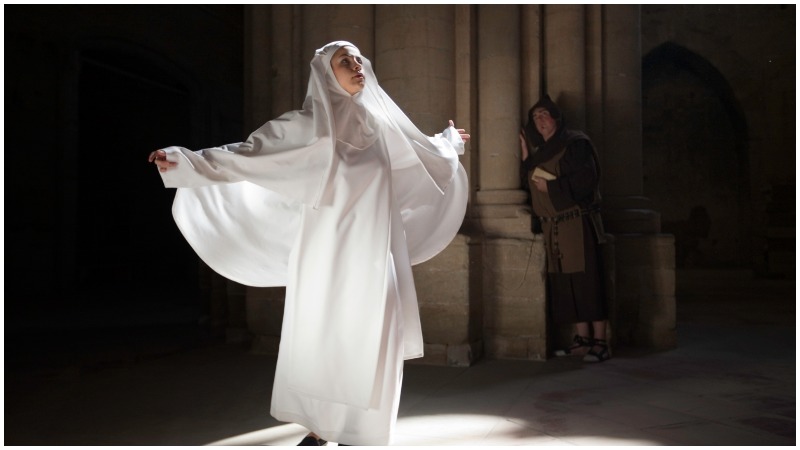According to official Vatican records, 266 popes have been elected since the establishment of the Christian church, and every single one of them has been a man. However, one curious medieval legend states that around the year 855, an educated woman, disguised as a man, was elected as pope.
The legend of Pope Joan is one of the most popular mysteries of the medieval papacy. This remarkable woman managed to rise to the most powerful religious office in the medieval world, in a time when women were completely excluded from church hierarchies.

According to popular myth, Pope Joan was respected and well-loved, and reigned for more than two years before she was discovered. Her story has inspired countless works of art and literature, and she remains a potent symbol of medieval female power.
However, modern historians have cast doubt on Joan’s existence, arguing that she never existed, and that the story was simply invented by mischievous medieval monks.
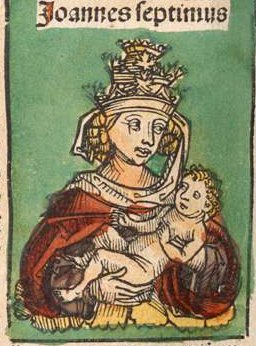
There are multiple references to a female pope in chronicles of the 12th and 13th centuries. However, the best-known account comes from The Chronicle of Popes and Emperors by Martin of Opava, written in the mid-13th century.
According to Martin, Pope Joan was an English woman living in the 9th century, who had been brought to Athens by a male companion. There, dressed as a boy, she had acquired an education, and was admired for her knowledge, wit and intellectual gifts.
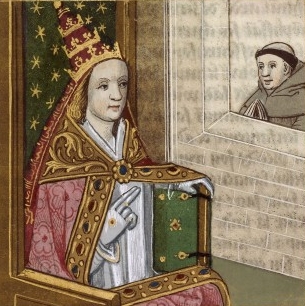
She moved to Rome and began a career as a teacher. Her reputation grew, and she earned considerable respect throughout the city. When the time came to elect a new pope, there seemed to be no better choice.
According to Martin, Pope Joan’s pontificate was very successful. However, after two years, disaster struck. Joan fell pregnant with the child of her unnamed companion, and one day, whilst processing through Rome from the church of Saint Peter’s, she suddenly went into labor. She gave birth right there, in the middle of the street, to the shock of the crowd and her fellow churchmen.
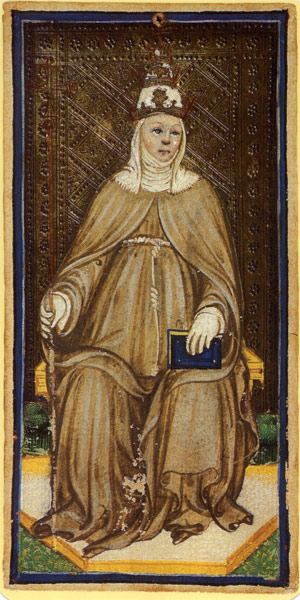
Joan’s fate, like her life, is the subject of contradictory reports. In one version of Martin’s chronicle, she is said to have died in the street, immediately after giving birth.
However, another version of his text suggests that she survived and went into exile. Her child grew up to have a distinguished career in the church, and eventually became Bishop of Ostia. According to legend, she was finally buried in the cathedral of Ostia at her son’s request.
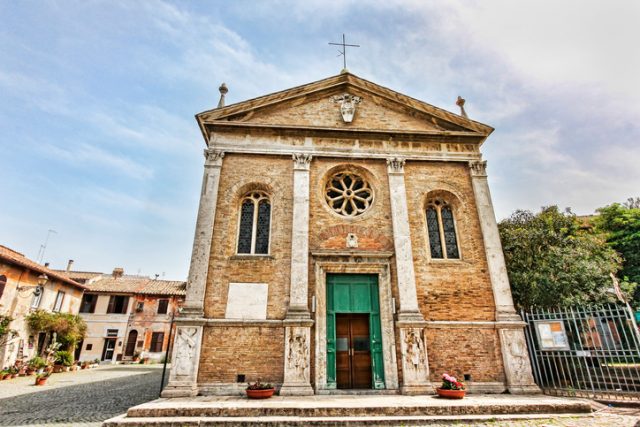
In a darker version of the tale, as soon as Joan delivered her child, she was set upon by an angry mob. She was whipped and chased through the city of Rome before being finally stoned to death.
The election of a female pope was seen as a great travesty of the natural order by many medieval commentators. According to the 13th century writer Petrarch, a number of strange and terrible events occurred across Europe after Joan’s true identity was revealed.
In France, a plague of gigantic locusts swarmed across the countryside, causing death, destruction and illness. In Brescia, Italy, it was said to have rained blood for three days and three nights.

Many medieval churchmen viewed this as divine punishment for the fact that a woman had been allowed to access the Holy See, and they were anxious to ensure it didn’t happen again. One legend states that any subsequent popes needed to be subjected to a physical examination before they could be officially elected.
Papal candidates were required to sit on a specially designed chair with a hole in the seat (known as the ‘dung chair’). A cardinal would then have to reach up through the hole and verify that the pope had testicles. This was a very popular legend throughout the Middle Ages, although there is little evidence that the practice ever took place.
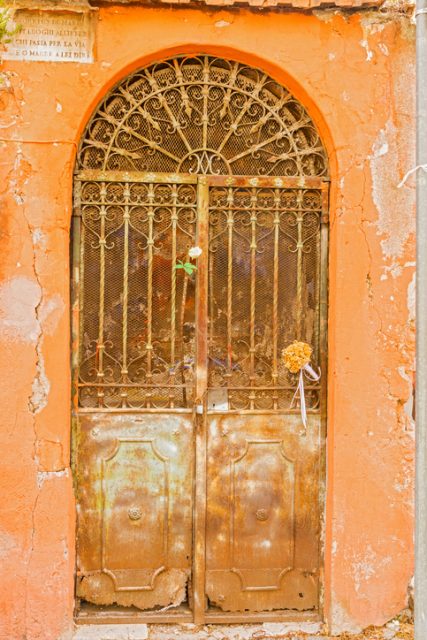
The story of Pope Joan has exercised a powerful hold over the popular imagination since the medieval period, inspiring art, literature, and more recently, a number of movies. For a brief time, there was even an image of her alongside other papal busts in the Cathedral of Siena. But is there really any evidence of a female pope, or is this simply a myth?
The church has staunchly denied the existence of a female pope since the 17th century. In 1601, Pope Clement VIII ordered her image to be removed from the hall in the Cathedral of Siena.
https://www.youtube.com/watch?v=2F0Sqy2va40
Modern historians have also cast doubt on the story, arguing that the idea of a female pope was a popular myth, but had no basis in reality. All the written evidence for Pope Joan’s existence dates from several centuries after her death, and there are no 9th century sources that corroborate any parts of Martin of Opava’s narrative.
Read another story from us: Dark Secrets and Scandals that have Rocked the Vatican
Nevertheless, the legend of Pope Joan endures in contemporary popular culture, and it’s unlikely that we’ve heard the last of this intriguing female figure.
Helen Flatley is a medieval historian and freelance writer, specialising in the religious and culture history of medieval Spain. She is currently studying for a PhD in History at the University of Oxford.
